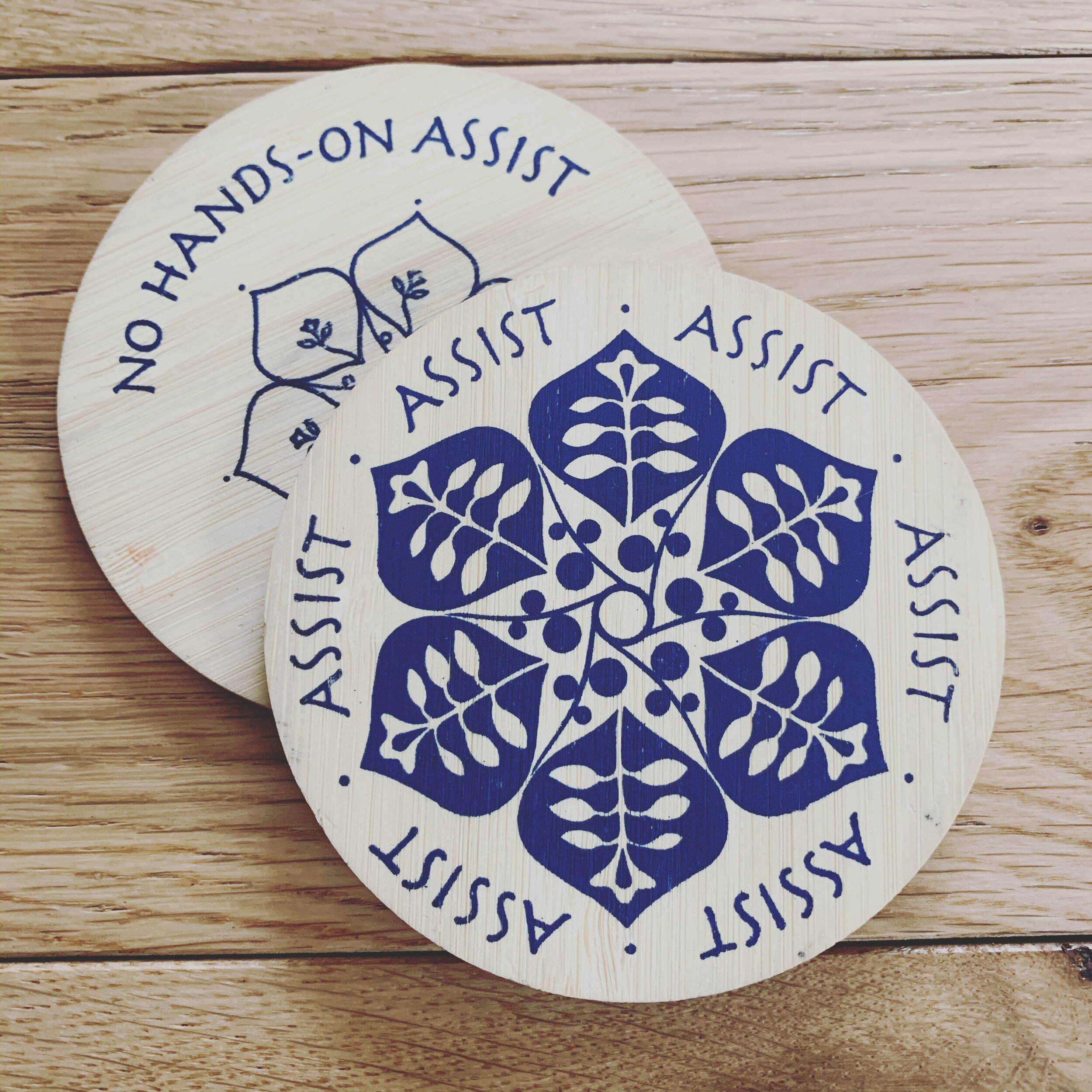Somatic Movement (SATYA)
/Watch this short demonstration of SATYA movements.
I want to share a little background and information about the somatic movements we’ve being doing in group classes, that I share with students during individual sessions, and are featured in my online class library. I was first introduced to this way of practicing in 2009, and my appreciation and understanding of this approach has only deepened over time.
Most of my study has been with Tias Little, and the SATYA (Sensory Awareness Training for Yoga Attunement) practice that he has developed, although I have also explored other methods of somatic movement that I will mention later.
The movements are slow, soft, and small.
By allowing your body to soak and settle out of gravity, you have the opportunity to try new ways of moving with minimal risk. The earth offers both support and feedback. By noticing how your tissues change in their relationship with the floor throughout the sequence, you get to see how these slow, soft, subtle movements are making big impact with little effort.
Accept Support & Feedback
SATYA movements are often done with support, usually while lying on a blanket covering your sticky mat. Practicing on a surface that allows you to slide and glide will help reveal the sticky or stuck parts of your tissues and joints.
Tidal Rhythms
SATYA practice is initiated by the tidal rhythm of the breath. The inhale draws nutrients, oxygen, and prana (life-force) into the body. The exhale takes away that which is no longer needed. Just like the tidal rhythms of the ocean, both are necessary for our wellness.
This tidal nature of the breath also carries a wave-like pattern to it. This wave moves through our structure and helps facilitate the rocking and twisting movements of the SATYA sequences.
Twists & Spirals
The most fundamental parts of our physical being are spirals, waves, and pulses: our DNA, the heartbeat, the pulse of the breath, etc. Nothing within the body is a straight line.
It therefore seems quite obvious to say that we don’t move in straight lines either. Every step we take is an elegant spiral of movement from foot to head. SATYA practices help us to better understand through experience the way the body moves as a grand organism and not as separate pieces.
Proprioception & Interoception
SATYA aims to build both proprioception (our ability to sense where our body is in space through movement and stillness) and interception (the ability to sense and understand the messages within the tissues and organs of the body).
Rather than creating shape or movement to look a certain way, we are exploring the feeling of shapes and movements as they are unique to each of us.
Mindful Subtlety
Our focus is on noticing the subtlety within the body. By moving more mindfully, we have more ease in the physical body and in the mind. This offers the opportunity to un-learn dysfunctional patterns and re-create more optimal ways of moving in the world.
Meditative Awareness
This mindful subtlety may prepare your body and mind for seated meditation. For most people, sitting still for any length of time is quite difficult. With the regular practice of SATYA you may begin to unravel the knots (physical and mental) that are making seated meditation difficult or impossible.
How Does This Relate to Yoga?
Yoga asana offers many ways to explore some of the same things that somatic movements do, and is also considered a somatic practice. For this reason, yoga asana blends well with these other approaches.
One of the disadvantages of modern postural yoga is its emphasis on performance and outer form. We are often time concerned with “getting it right” and focus more on what we see and do rather than on what we feel.
By introducing SATYA movements on the floor, we turn the gaze inside and re-ignite the interest in the small, slow, soft, and subtle. We then bring this new approach to the asana and discover the inner landscape of feeling and sensation. This inner territory becomes the spark for outer shape and movement in asana, and it allows us to build a practice that honors our unique self.
As our mind better understands the language of sensation within the body, we are able to move with more ease in the world. As we become more skilled in our meditative awareness in practice, we are able to carry that meditative awareness with us into the world.
Where can you practice SATYA with me?
All of my weekly classes offer some SATYA movements. Flow, Form, & Restore will generally offer more of these practices. In addition, they are often a key component of my individual yoga sessions.
If you don’t live locally, please explore the (slowly) growing library of online class offerings.
Methods of Somatic Education
Each of these approaches looks at the subtle sensations we experience within the body and uses mindful awareness to re-organize movement patterns in a more harmonious way.
These practices might be done as part of a bodywork session as the practitioner offers the client new ways of moving to eliminate pain and compensation. Some are offered in one-on-one sessions and others are group classes. Others have closer ties to dance.
This is a small selection of somatic movement schools/methods.




